2018 Chicago Christkindlmarket Kinder Club commemorative cocoa mug: 19,700 ppm Lead (90 ppm is unsafe for kids)
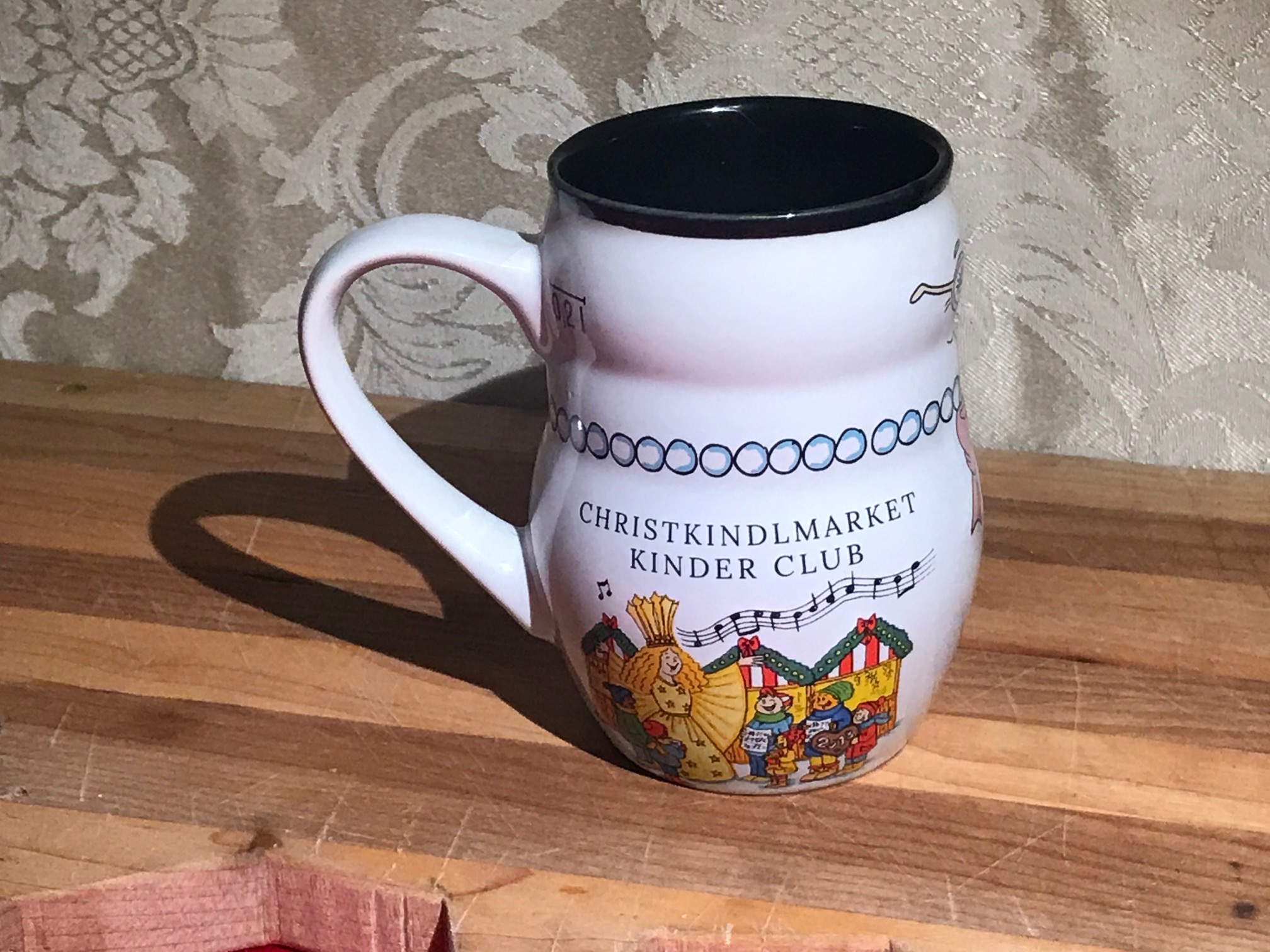
For those new to this website:
Tamara Rubin is a multiple-federal-award-winning independent advocate for childhood Lead poisoning prevention and consumer goods safety, and a documentary filmmaker. She is also a mother of Lead-poisoned children (two of her sons were acutely Lead-poisoned in 2005). Since 2009, Tamara has been using XRF technology (a scientific method used by the U.S. Consumer Product Safety Commission) to test consumer goods for toxicants (specifically heavy metals — including Lead, Cadmium, Mercury, Antimony, and Arsenic). Tamara’s work was featured in Consumer Reports Magazine in February 2023 (March 2023 print edition).
When tested with an XRF instrument, the mug pictured here tested positive for three heavy metal toxicants: Lead, Cadmium, and Antimony. While the highest level of Lead was found on the exterior of the mug, the more concerning issue is that the logo on the interior food surface of the mug is also positive for a high level of Lead (and is positive for Cadmium, as well).
Given this is a small Christmas mug shaped like a snowman, and is specifically noted as being for the “Kinder Club,” I think it would be absurd for the manufacturer or vendor to argue that this item was “not intended for use by children” (which is the argument made by most mug manufacturers/ vendors selling Lead-positive products). Accordingly, I believe this product might be considered illegal — a CPSC violation (Consumer Product Safety Improvement Act of 2008), and I will be sharing it with the CPSC and the Christkindlmarket to make them aware of this potential concern.
Note: The CPSC may, however, conceivably argue that the total amount of Lead in the painted coating of the product is below a level they consider illegal (by considering the % the Lead represents of the total volume of material — including the substrate of mug, for instance, rather than its actual toxicity as a component of the interior surface coating), but I think that argument should go out the window, given there is a Lead-painted decoration on the inside of the mug!
When I see things like this, I just shake my head in disbelief. I mean, whose idea was it to put a Lead-painted logo on the inside of the cup?? This is a NEW (modern) item, for Pete’s sake!
Specific XRF readings for this mug:
Please scroll down past each image of this mug to read the XRF readings for metals in each specific component of the mug that was tested. With 30-second-long repeated tests (using a freshly-calibrated high-precision XRF instrument in Consumer Goods mode) on each component, this mug had the following XRF readings:
 Pink bow area:
Pink bow area:
- Lead (Pb): 18,100 +/- 500 ppm
- Barium (Ba): 1,051 +/- 103 ppm
- Chromium (Cr): 1,259 +/- 499 ppm
- Zinc (Zn): 4,683 +/- 208 ppm
- Copper (Cu): 341 +/- 64 ppm
- Iron (Fe): 912 +/- 209 ppm
- Zirconium (Zr): 13,200 +/- 500 ppm
- Platinum (Pt): 325 +/- 127 ppm
- Cobalt (Co): 1,659 +/- 182 ppm
- Manganese (Mn): 1,359 +/- 338 ppm
Continue reading below the image:
 Green purse area:
Green purse area:
- Lead (Pb): 19,700 +/- 600 ppm
- Barium (Ba): 1,355 +/- 125 ppm
- Antimony (Sb): 124 +/- 35 ppm
- Tin (Sn): 82 +/- 29 ppm
- Zinc (Zn): 5,611 +/- 253 ppm
- Copper (Cu): 348 +/- 70 ppm
- Iron (Fe): 549 +/- 196 ppm
- Zirconium (Zr): 15,800 +/- 600 ppm
- Platinum (Pt): 511 +/- 149 ppm
- Cobalt (Co): 1,277 +/- 174 ppm
Continue reading below the image:
Red coat area:
- Lead (Pb): 16,200 +/- 500 ppm
- Cadmium (Cd): 614 +/- 42 ppm
- Barium (Ba): 1,392 +/- 127 ppm
- Chromium (Cr): 3,733 +/- 688 ppm
- Selenium (Se): 90 +/- 43 ppm
- Zinc (Zn): 5,642 +/- 260 ppm
- Copper (Cu): 249 +/- 65 ppm
- Iron (Fe): 1,654 +/- 272 ppm
- Zirconium (Zr): 15,500 +/- 600 ppm
- Platinum (Pt): 332 +/- 138 ppm
- Cobalt (Co): 1,922 +/- 216 ppm
- Manganese (Mn): 1,215 +/- 381 ppm
Continue reading below the image:
 Logo on interior of mug:
Logo on interior of mug:
- Lead (Pb): 12,000 +/- 400 ppm
- Cadmium (Cd): 115 +/- 16 ppm
- Barium (Ba): 2,364 +/- 145 ppm
- Chromium (Cr): 19,900 +/- 1,300 ppm
- Zinc (Zn): 2,991 +/- 172 ppm
- Nickel (Ni): 5,006 +/- 305 ppm
- Iron (Fe): 10,400 +/- 600 ppm
- Zirconium (Zr): 2,844 +/- 113 ppm
- Cobalt (Co): 5,777 +/- 388 ppm
White glaze on handle:
- Barium (Ba): 639 +/- 77 ppm
- Zinc (Zn): 4,996 +/- 215 ppm
- Copper (Cu): 387 +/- 63 ppm
- Iron (Fe): 932 +/- 200 ppm
- Bismuth (Bi): 78 +/- 21 ppm
- Zirconium (Zr): 13,100 +/- 400 ppm
- Platinum (Pt): 189 +/- 76 ppm
Continue reading below the image:
 Black interior glaze:
Black interior glaze:
- Barium (Ba): 2,299 +/- 179 ppm
- Chromium (Cr): 19,400 +/- 1,700 ppm
- Zinc (Zn): 1,635 +/- 164 ppm
- Nickel (Ni): 6,196 +/- 485 ppm
- Iron (Fe): 12,600 +/- 900 ppm
- Zirconium (Zr): 2,930 +/- 149 ppm
- Cobalt (Co): 5,693 +/- 539 ppm
Test results are science-based, accurate, and replicable. For some additional reading about the work reported on LeadSafeMama.com, the following articles may be of interest:
- The testing methodology behind the results we repoort on this website.
- Test results for more mugs I have tested.
- Test results for more Christmas items I have tested.
As always, please let me know if you have any questions.
Thank you for reading and for sharing about this work.
Tamara Rubin
#LeadSafeMama
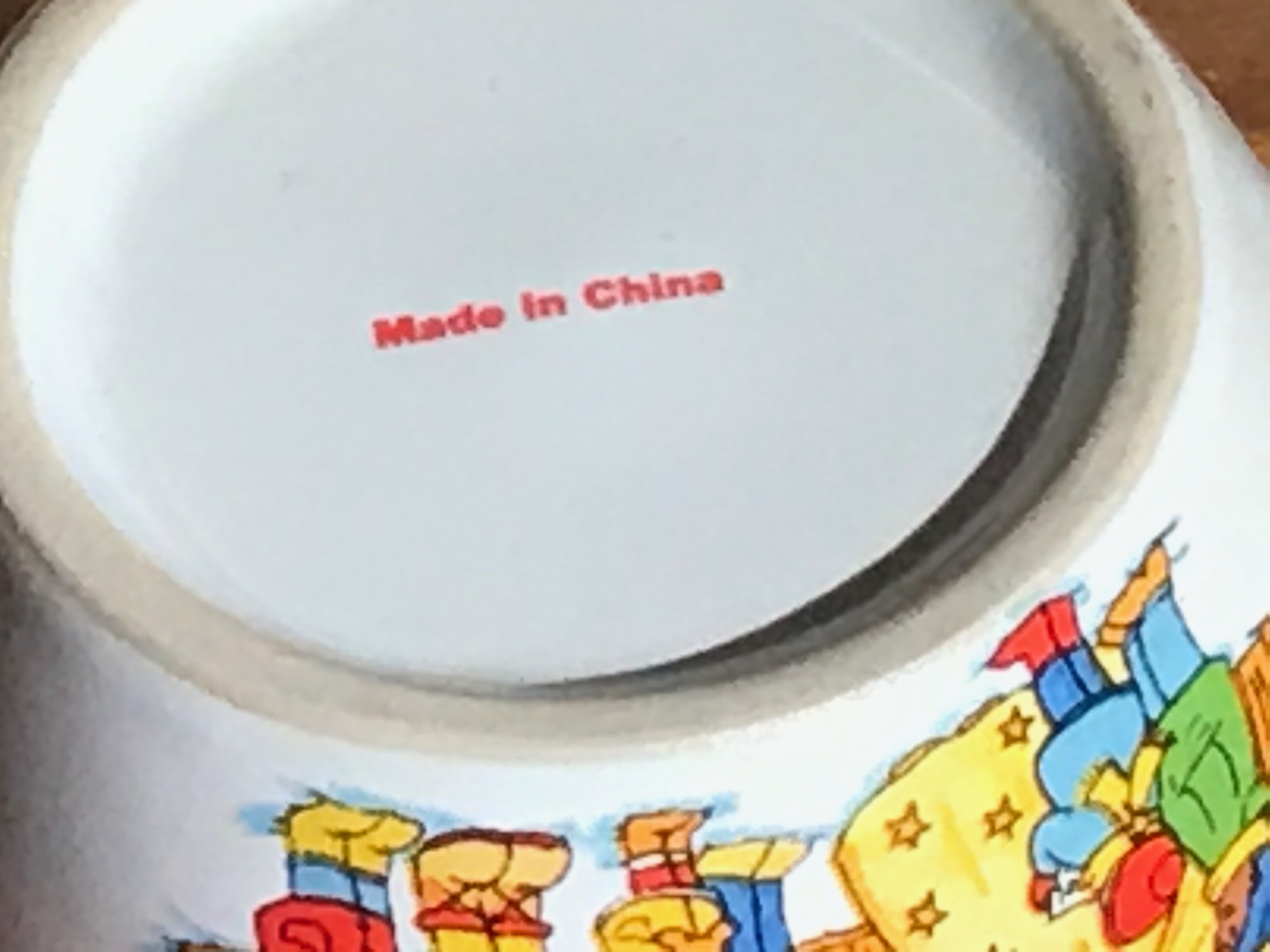
Never Miss an Important Article Again!
Join our Email List








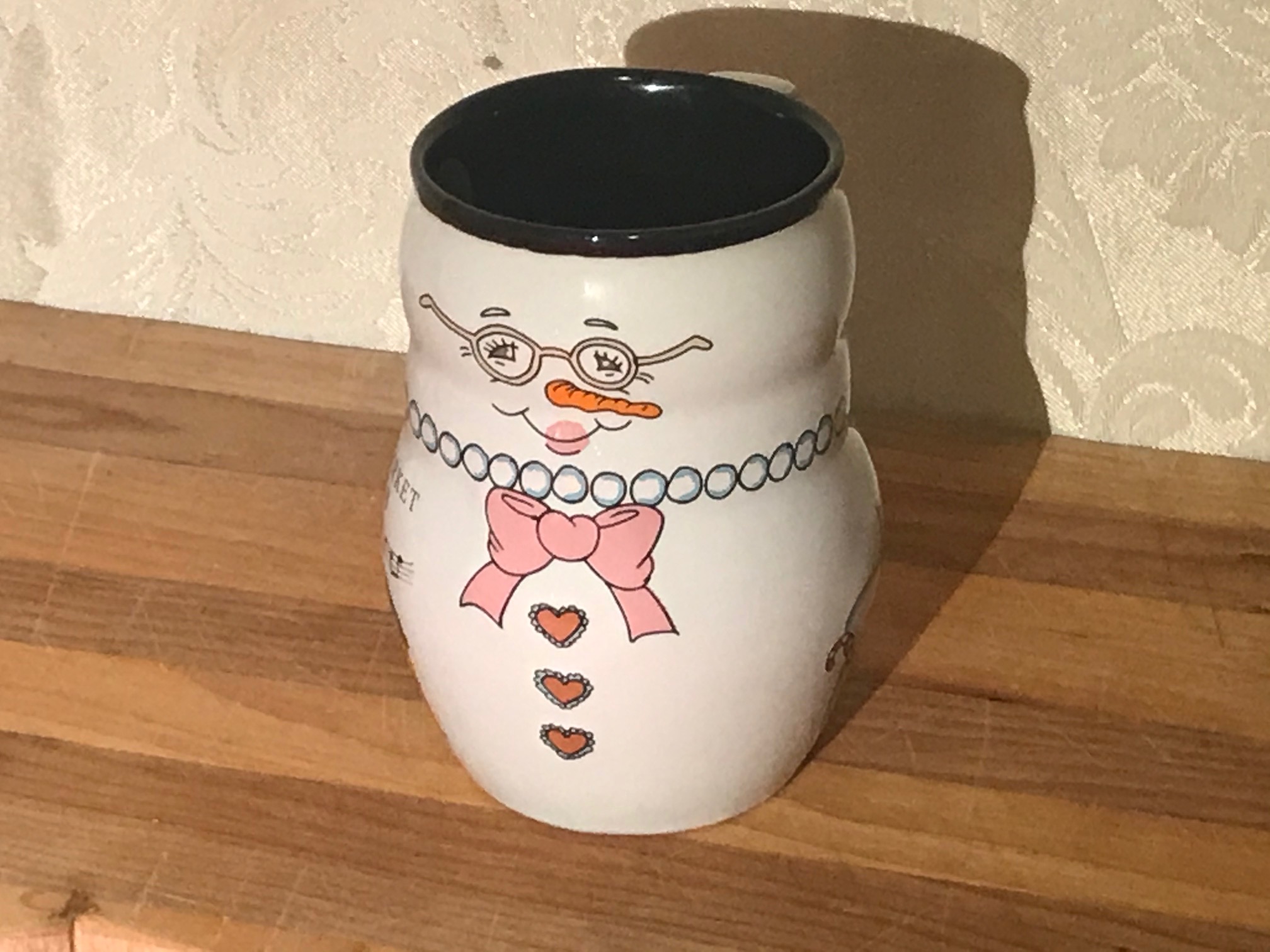 Pink bow area:
Pink bow area: Green purse area:
Green purse area: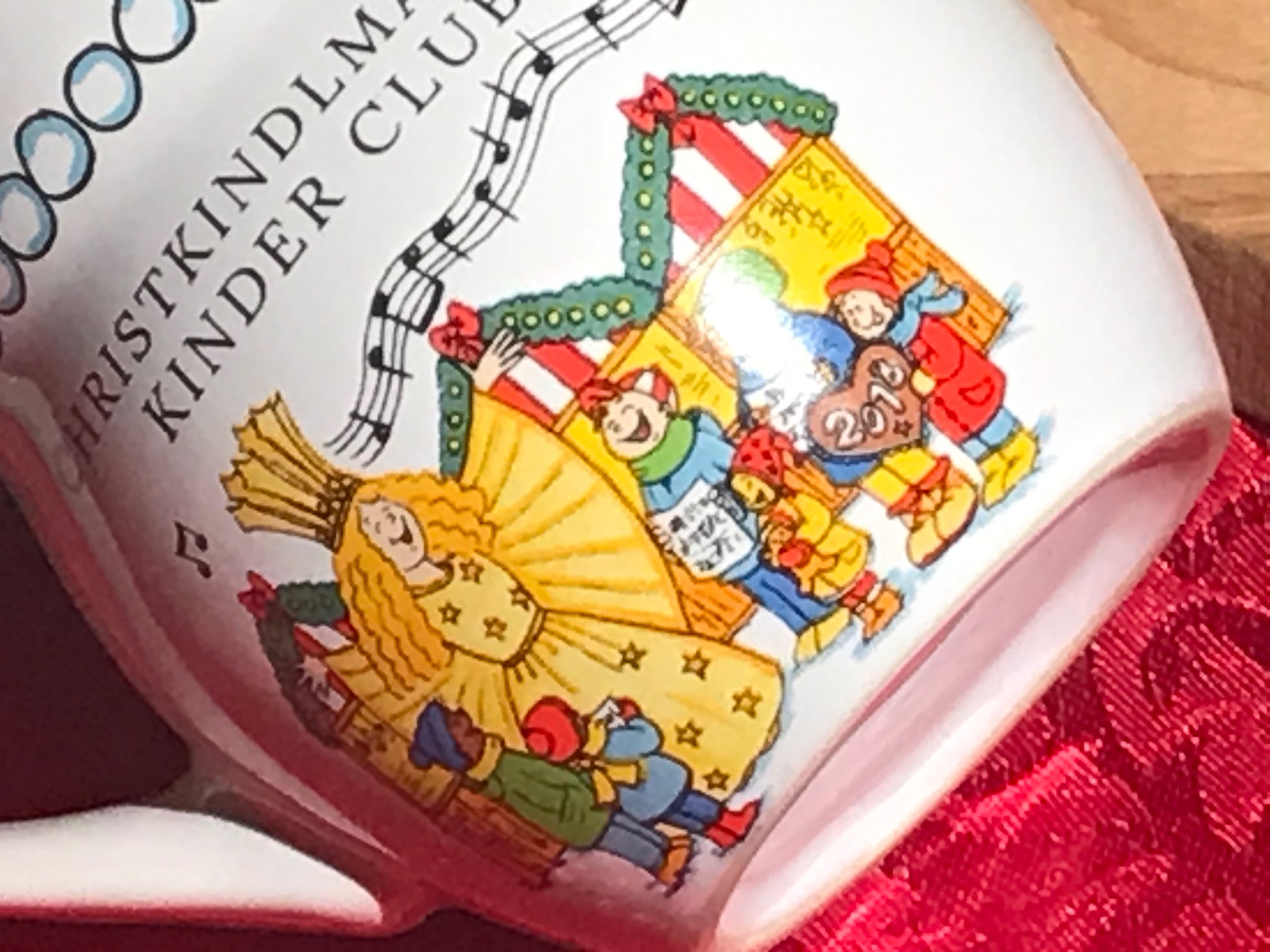
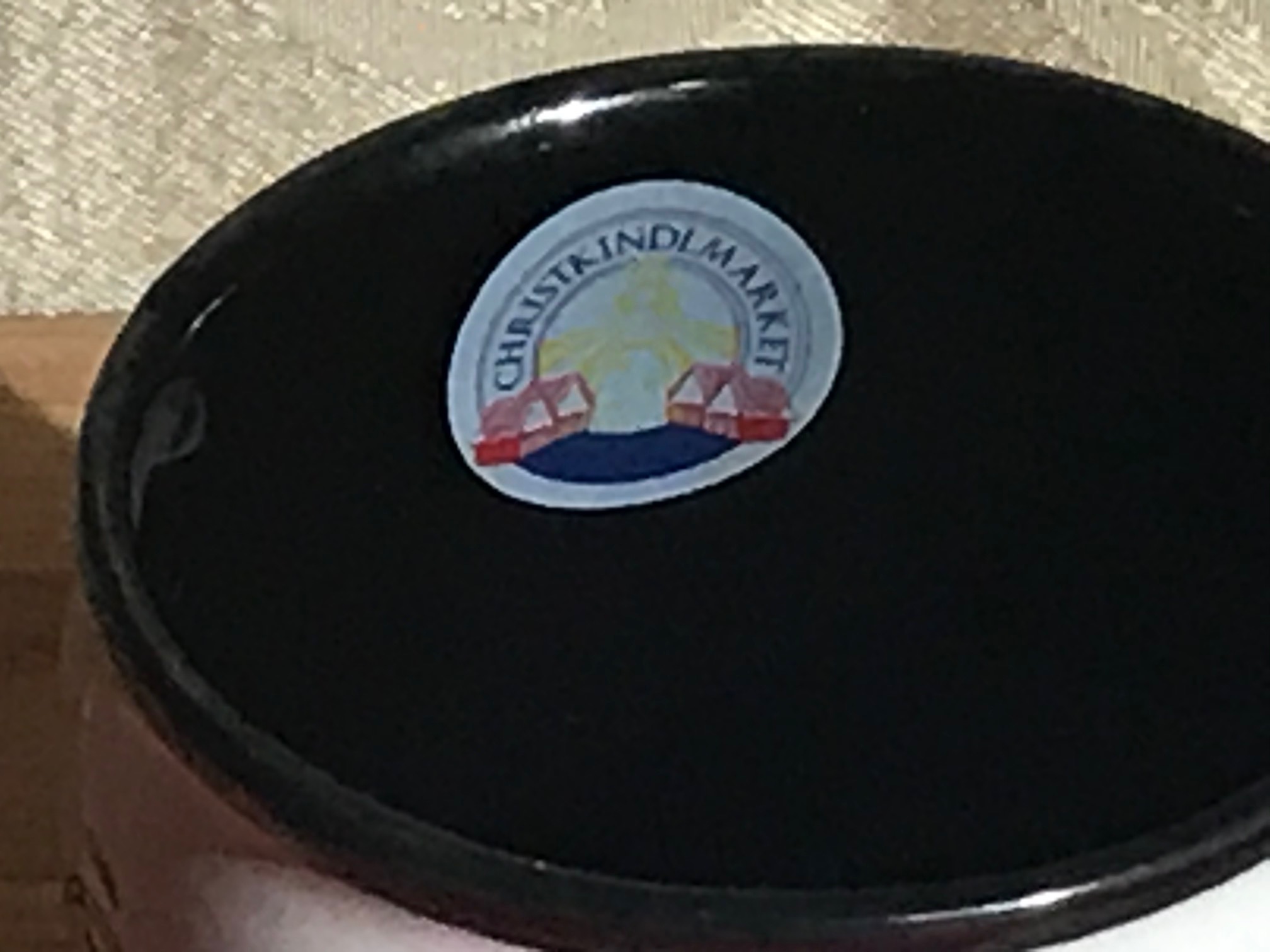 Logo on interior of mug:
Logo on interior of mug: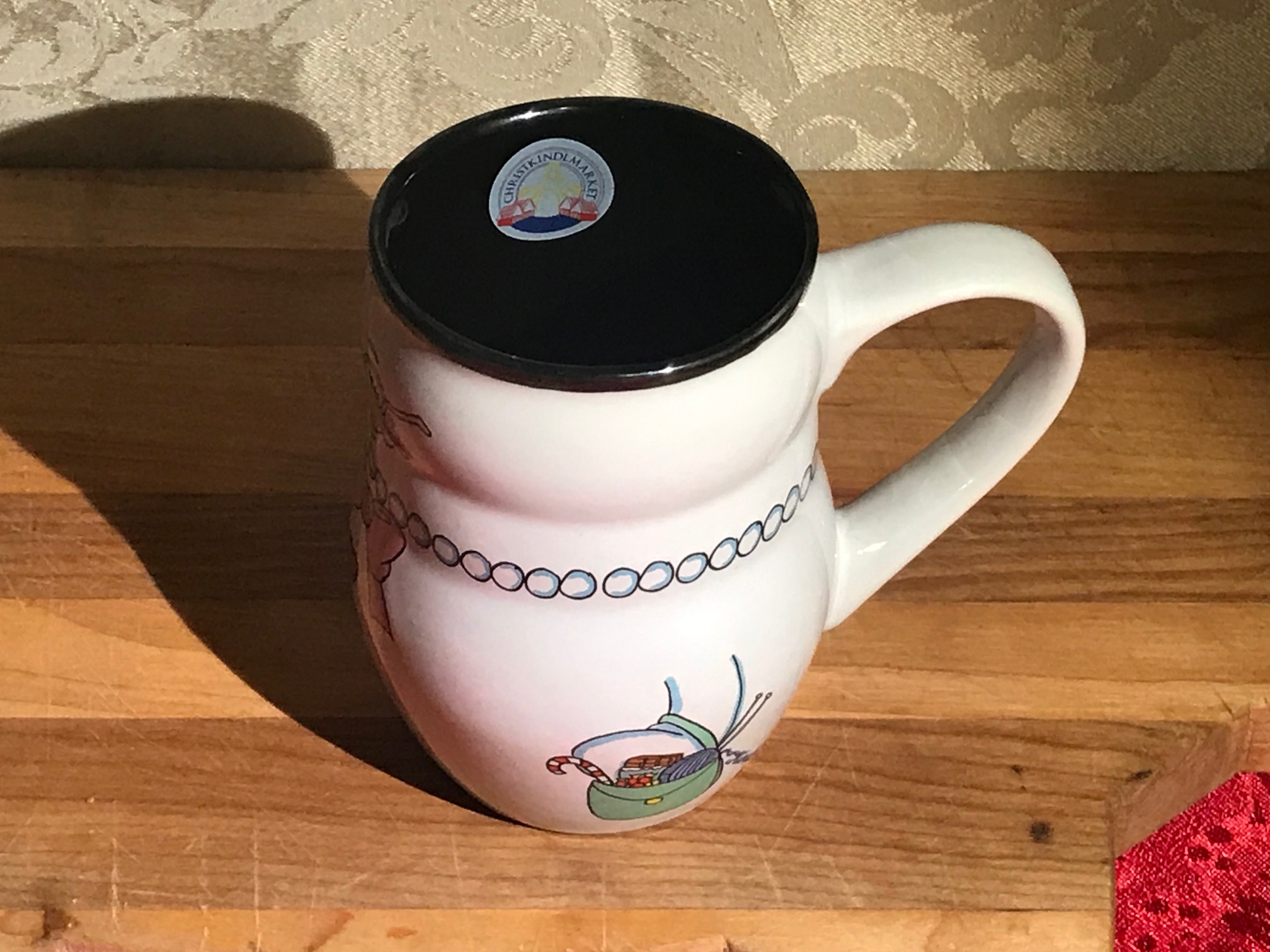 Black interior glaze:
Black interior glaze: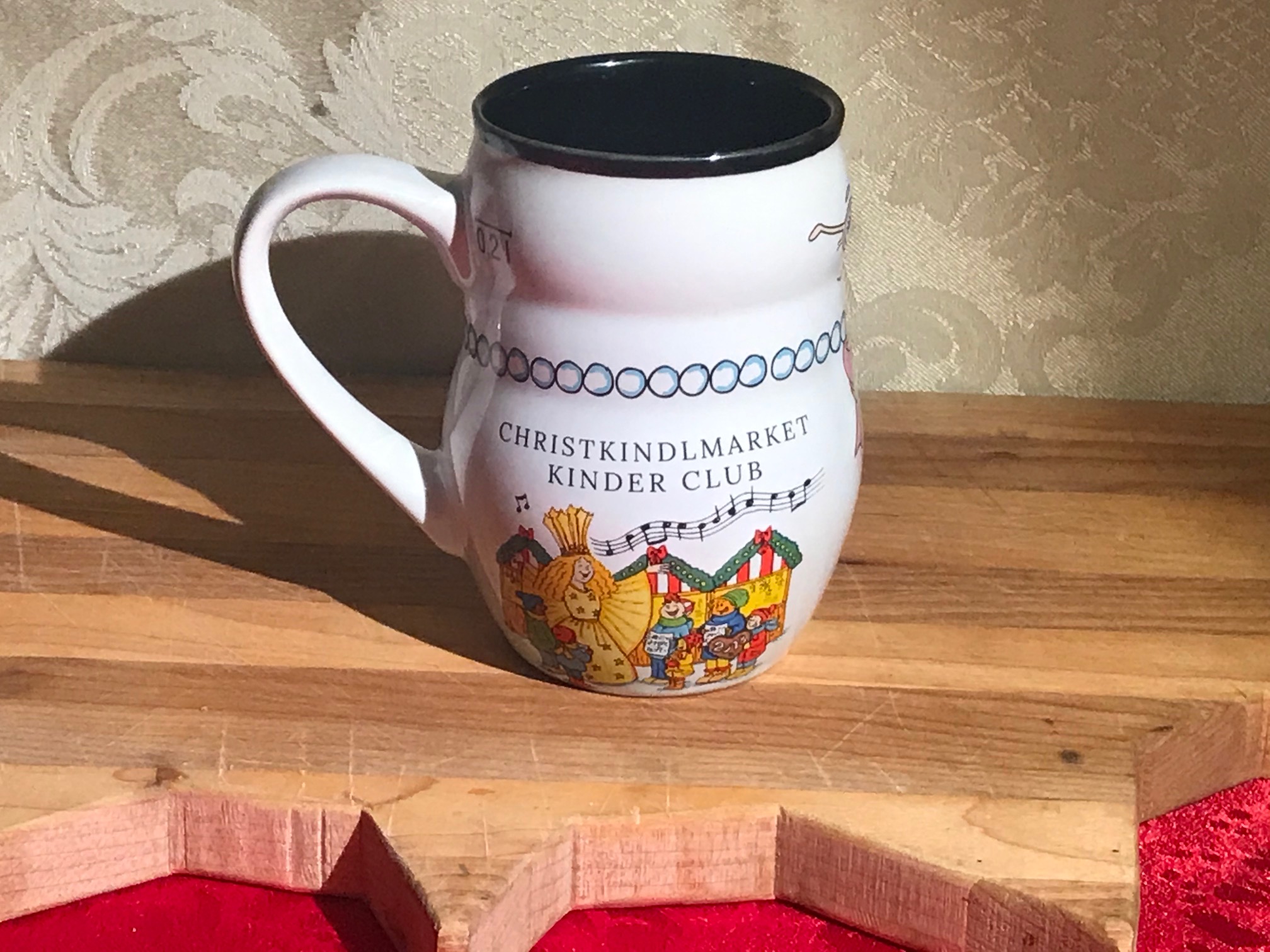

Would you expect other mugs from same year to have similar test results? For the mulled wine mugs?
We home tested two mugs we got from Chrstkindlmarket and they also tested positive (test had a 500 ppm sensitivity). I don’t recall the exact year but it.between 2017 and 2019.